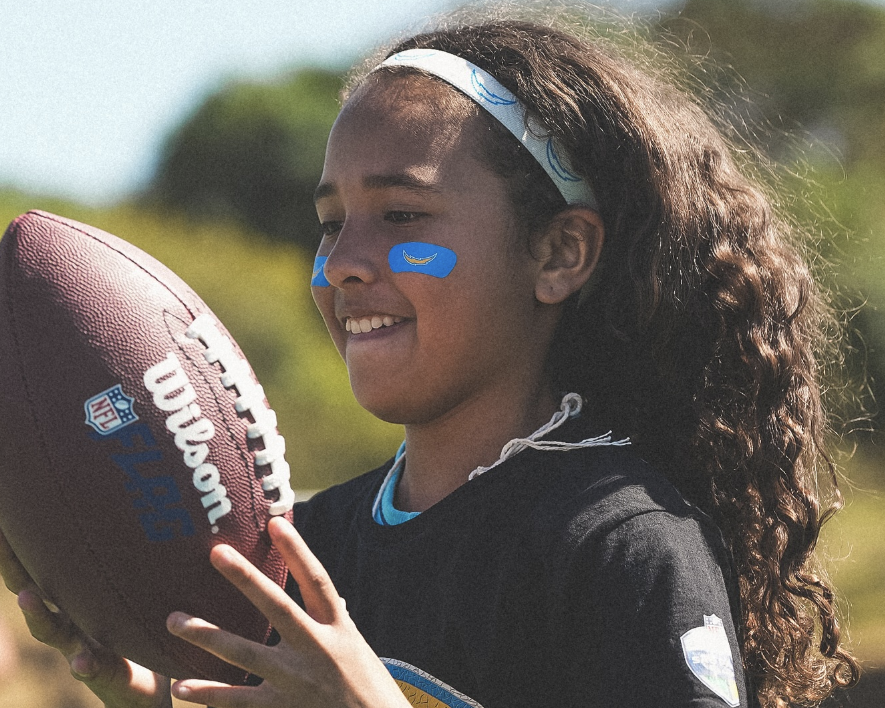HOW TO USE LOCALIZATION STRATEGY TO GROW YOUR INTERNATIONAL AUDIENCE
The growth of the world wide web and social media means that sporting communities around the world are increasingly connected. Reaching a global audience with your marketing content is possible for sports brands and organisations of any size. A content localization strategy is an efficient way of ensuring that your brand messaging is accurately represented at the regional and local level.
The Growing Global Sports Market
Yahoo Finance recently summarised the findings of a 2021 report on Global Sports Market Opportunities and Strategies by Research and Markets. The report found that the Global Sports Market is expected to reach $599.9 billion by 2025, and $826.0 billion by 2030.
The report states that the growth in the global sports market is due to:
“rapid urbanization, growth in emerging economies and emergence of multiple channels to capture viewership”.
The report outlined the current largest regions for sports marketing in 2021 as:
- North America
- Asia Pacific
- Western Europe
while the fastest growing regions for sports marketing over the next 5 years are:
- South America
- Middle East
The report concluded:
“The top opportunities in the sports market segmented by type will arise in the participatory sports segment, which will gain $136.7 billion of global annual sales by 2025.”
There is obviously huge potential for sports brands to extend their reach and grow their audiences in these markets. A content localization strategy is an effective way to ensure that your brand is well represented across multiple regions and languages.
What is a successful localization strategy?
A content localization process involves adapting your content to local target markets. Where it differs from simple translation is that localization carried out by native language specialists is more sensitive to a region’s local customs, preferences and taboos. This can apply to your brand content for websites, video subtitles, social media, voice overs, corporate communications.
4 benefits of a localized content strategy
Localized content created by native language translators is more tailored to your target audience. Your audiences will recognise and appreciate that you are communicating with them in their own language and cultural nuance. This helps to create a sense of ownership and loyalty within your target audience – something which will be very difficult to achieve using an automated translation tool.
A localized content strategy can also help you:
- Extend your fan base in existing markets
- Enter new markets
- Improve international SEO
- Avoid embarrassing international marketing mistakes
Localization Strategy Examples

Nike’s Localized Marketing Strategy
The Nike logo and “Just Do It” tagline are recognised in just about every country in the world.
Their marketing teams take great care to ensure that their brand messaging works at the local level. An in-depth case study on Nike’s localization strategy says:
“their category teams who speak the local language, see the world through their eyes, and are entirely at home since Nike put a lot of effort into customer relationships. The company believes that knowing their consumer gives them the ability to create compelling products.”
Most sports brands don’t have the resources to have their own local marketing teams around the world, but native translators who are also sports specialists are an efficient and economical way to make sure your content works well internationally.

Paris Saint-Germain USA Expansion
PSG’s slogan “Dream Bigger” indicates their intent to build a global fan base and brand well beyond their origins in France.
Their international marketing strategy includes localized content in the USA. They have produced localized websites to promote their training academies and extend the PSG brand in the USA.
Samba Digital reported that PSG’s international marketing strategy is paying off:
“PSG’s revenue has climbed by 49% in the last year, with its international strategy paying off as international markets account for 86% of that growth. North America is currently the second-largest market, with an astonishing 11% market share.”
3 tips for producing localized content
Your localization strategy should consider your target regions and how best to adapt your content to the local audience.
Our top 3 tips for an efficient localization strategy are:
- Research Your Target Regions
Carefully consider the regions you want to target. Spend some time researching how other brands are represented in the region. Have they effectively localized their content? Will your brand values and tone of voice be appreciated by the local culture? - Use native language translators
Native language translators are more in tune with their region’s preferences. They know the potential translation pitfalls. They are more likely to produce translated content which is perfectly suited to local audiences. - Use specialist translators relevant to your industry
Industry relevant translators will have regular experience with the common terms used in your content. They will be able to work more efficiently and produce better localized translations than general purpose translators.
Think Local to Go Global
In their report “Football Beyond Borders: How Clubs Expand to New Markets” the Sports Business Institute says that besides English speaking markets:
“…it shouldn’t be forgotten that more than a billion speak Chinese as well; over half a billion have Spanish as their first language; a quarter of a billion French and Portuguese.”
They went on to say:
“As food for thought, if every organisation had staff that were to speak and reach out to potential supporters in these five languages, you could be reaching half of the world’s population, with hardly any cost involved.”
The opportunity exists for any sports brand to go global by thinking local. The web and social media provide the network to reach a global audience. A content localization strategy which includes a specialist native language translation partner for your brand will ensure that your content resonates with local audiences around the world.
Sports Translate has a network of over 150 translators around the world ready to translate your content into over 20 languages. Our online service makes it quick and easy to have your global marketing content localized. To discuss your translation and localization requirements just get in touch.
Other News

News Tank interview: “Samba will serve as a bridge between European clients and the US market”

Samba Digital teams up with the Houston Texans to elevate Somos Texans across the U.S. and Mexico

The Kansas City Chiefs win Emmy Award for “Viva Chiefs’ Kingdom”

Samba Digital announces a new collaboration with FIBA, BCL and BCL Americas

FINAL RESULTS AS OF JUNE 30, 2025 (6 MONTHS)

